Device developed at the University of Exeter is both flexible and transparent.
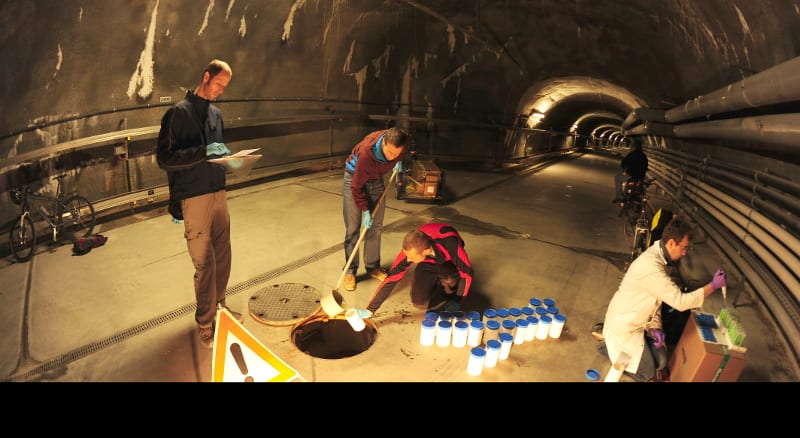
Major study into the environmental effects of nanosilver
Swiss researchers show that nanosilver is quickly transformed into less problematic substances on its way to the wastewater treatment plant.
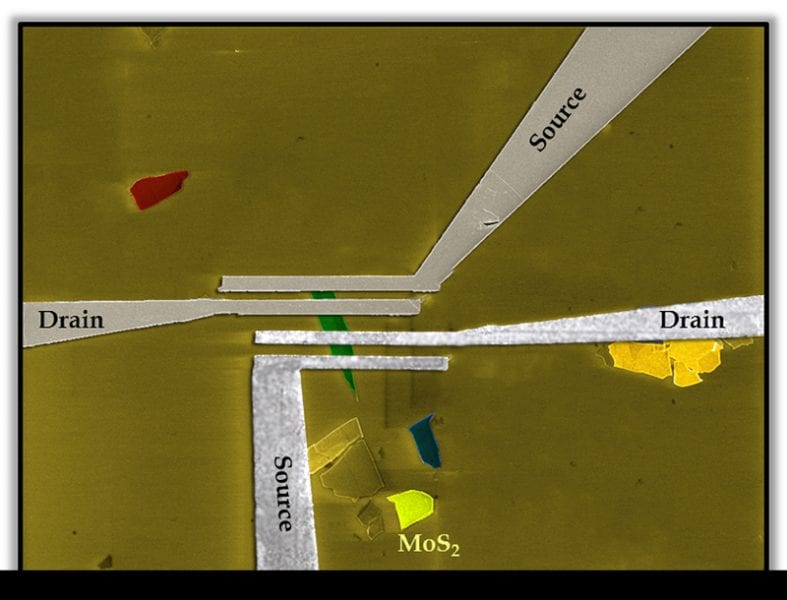
2D nanocrystals developed for future computing applications
Technology is based on metal di-chalogenides, which are emerging as potential candidates to replace current CMOS materials.
Applied Nanotech awarded new printed electronics patents
Both patents are related to their copper inks, which have the potential to replace existing silver inks that are commonplace in the marketplace.
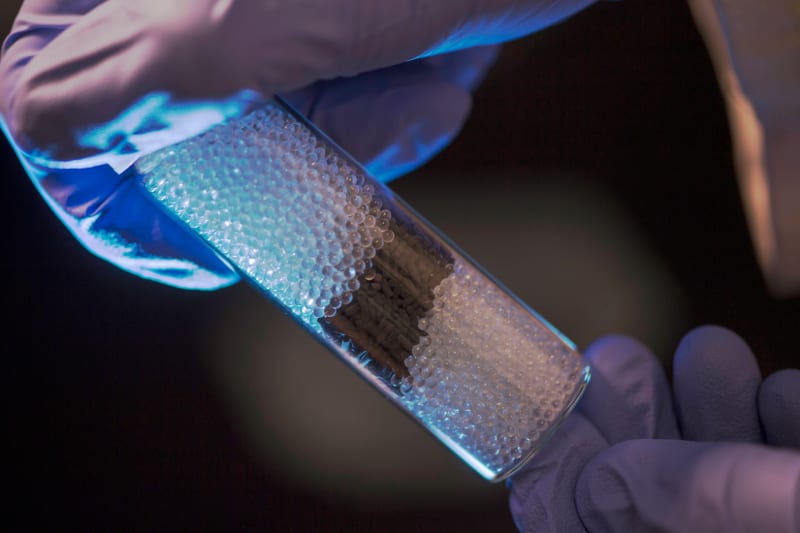
Palladium-gold catalysts find application in environmental cleanup
US government-funded research pays off with new process for environmental remediation.
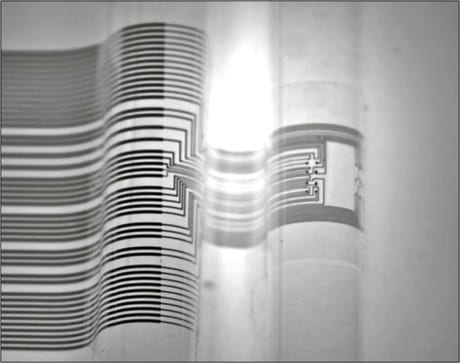
Microtransistor will improve study of the human brain
French scientists have produced the world’s first microscopic, organic transistors that can amplify and record signals from within the brain itself.
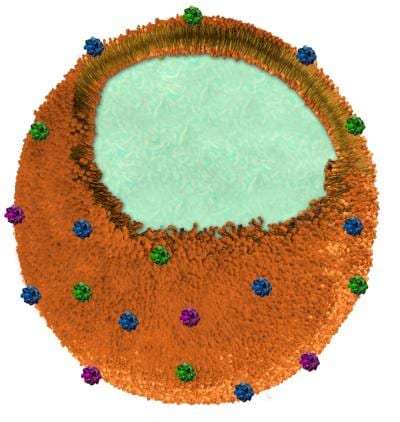
Nanosponge can suck poison from the bloodstream
Absorbent nanostructures can neutralize pore-forming toxins and remove a broad class of dangerous toxins.
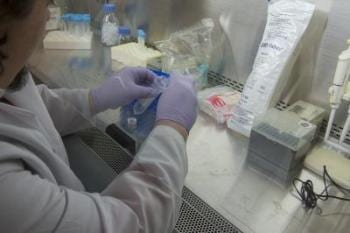
Bozhi Tian awarded Searle Scholar grant for nanoelectronics research
Project is titled “Silicon-based Biomaterials for an Electrical Study of Single-Neuron Dynamics.”
Ultrathin optoelectronics help researchers explore the brain
Ultrathin, flexible optoelectronic devices – including LEDs the size of individual neurons – are lighting the way for scientists in optogenetics and beyond.
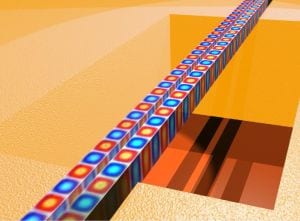
Optical circuits from polycrystalline diamond
Pernice group at KIT use polycrystalline diamond for the fabrication of wafer-based optomechanical circuits.










